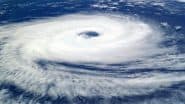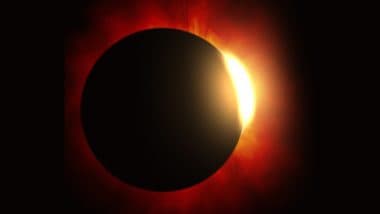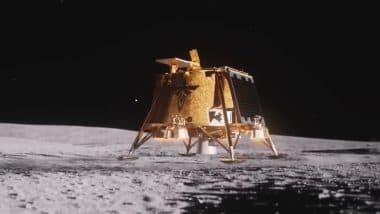If you have come across the doomsday predicting headlines, with reference to a massive asteroid headed towards the planet, don't worry! Yes, a really huge space rock is approaching the earth tomorrow ie April 29, but it poses no great harm. Called Asteroid 1998 OR2, it happens to be the largest asteroid to make its flyby past the Earth in the last two years. It is expected to whizz by the planet on April 29 at 9:56 Universal Time (UT). Ahead of its approach, we tell you everything you want to know about this asteroid's flyby. Will The 4-km Asteroid 1998 OR2 Hit The Earth And Cause Doomsday? NASA Clarifies There is No Need to Worry.
Asteroid 1998 OR2 is so big, almost 2 kilometres in diameter. It is hurtling towards the Earth at a speed of 31,320 km/hour. It is classified as 'potentially hazardous' asteroid because it falls within 8 million kms from the Earth, which is said to be a parameter enough of causing "global effects" in case it crashes on the planet. But once again we mention, there is nothing to worry as it passes the Earth by 6.2 million kms. It is almost 16 times the distance between the earth and the moon. Asteroid 1998 OR2, Half The Size of Mt Everest, Will Skim Past The Earth Next Month, Here's How One Can Watch It.
Check the Recent Pic of Asteroid 1998 OR2:
#TeamRadar and the @NAICobservatory staff are taking the proper safety measures as we continue observations. This week we have been observing near-Earth asteroid 1998 OR2, which looks like it's wearing a mask! It's at least 1.5 km across and is passing 16 lunar distances away! pic.twitter.com/X2mQJCT2Qg
— Arecibo Radar (@AreciboRadar) April 18, 2020
Watch Video of It Tumbling in Space:
Wow. Asteroid 1998 OR2 tumbling through space seen by the Arecibo observatory.
They confirm the space rock is ~ 2 km in diameter and rotates once every 4.1 hours.
1998 OR2 will safely make a #closeapproach of Earth on 29 April, at its closest being 16 x further than the Moon🌙 pic.twitter.com/Rf7a4eg0gZ
— ESA Operations (@esaoperations) April 24, 2020
In the above picture, it appears that even the space rock has a mask to it. As per the observations by NASA's telescope, 1998 OR2 is a rare L-shaped space rock. And as per Chile's Arecibo Observatory in April 2020, it has a large, crater-like concavity in its shape. It has a rotation period of 4.1 hours.
Overall, there is no need to worry about this space rock impacting the earth as NASA has clarified, it is not close to the earth in its approach. From this flyby, astronomers will be able to refine the size estimation and may even learn about its composition.
(The above story first appeared on LatestLY on Apr 28, 2020 09:35 AM IST. For more news and updates on politics, world, sports, entertainment and lifestyle, log on to our website latestly.com).













 Quickly
Quickly



















